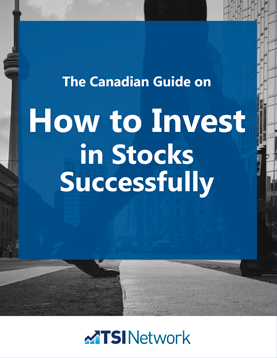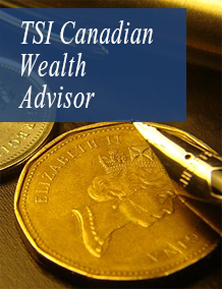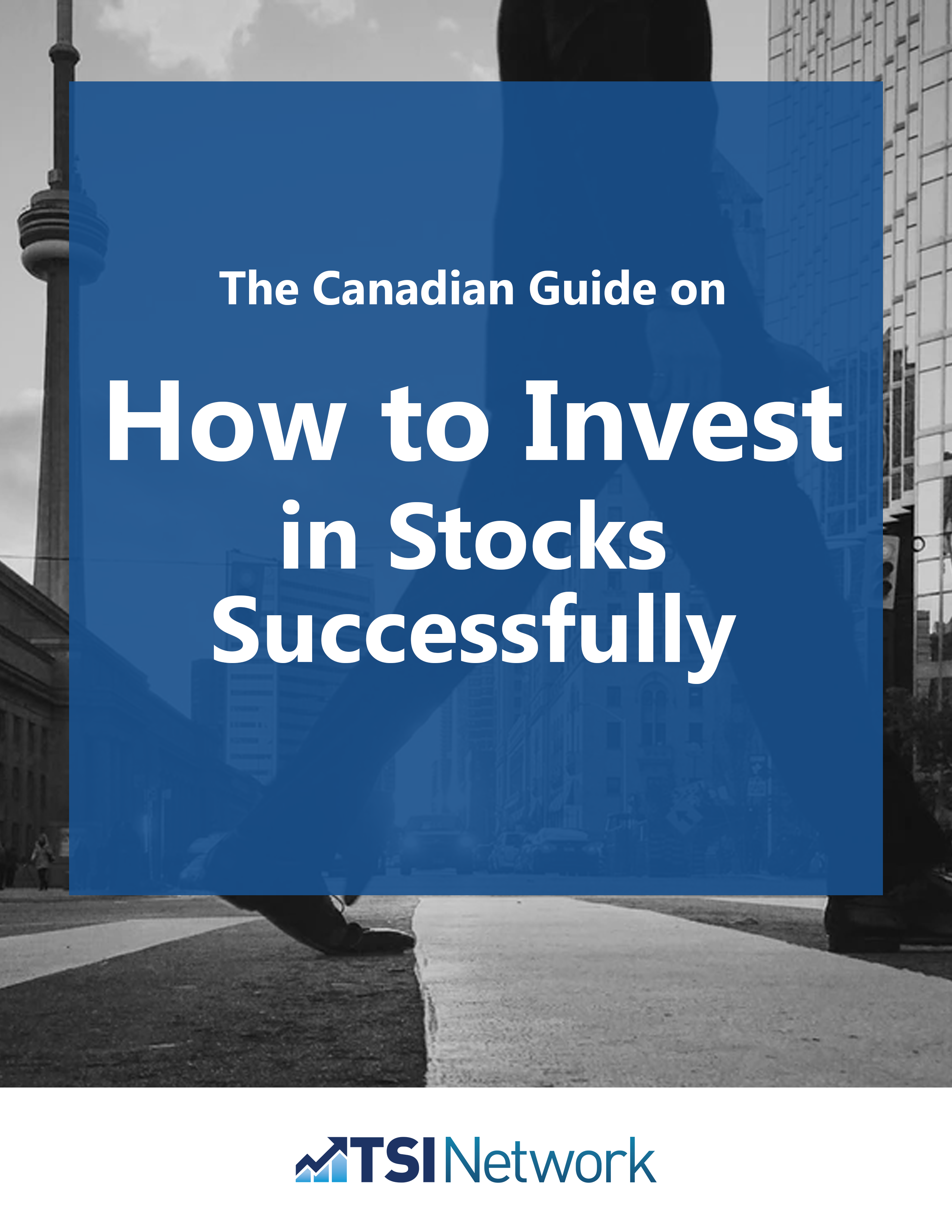Topic: How To Invest
Simple Investing is Best: Here are Two Examples of What to Avoid
Ignore the “bells and whistles” when it comes to making investment decisions and instead stick to simple investing
The term “bells and whistles” came into use in the early 1900s, in the train/locomotive industry. It referred to the actual bells, whistles, and other noise-making devices attached to trains to signal when they arrived, departed, rounded a bend in the track, approached a crossroad, and so on. They improved efficiency and speed while reducing collisions and injuries. In the days before TV and film, bells and whistles were a form of entertainment.
When considering the value of a stock or company, it’s a good idea to downplay the value of most modern versions of bells and whistles and stick to simple investing. Often, they are decorations or marketing devices that may help maintain current revenues but have little impact on long-term growth. Worse, they can undo years of financial progress.
 How Successful Investors Get RICHLearn everything you need to know in 'The Canadian Guide on How to Invest in Stocks Successfully' for FREE from The Successful Investor. How to Invest In Stocks Guide: Find 10 factors that make your investments safer and stronger. |
The worst bells and whistles are those you see in casinos and novel financial offerings. Both industries are deviously clever because the rule is the same for both: If they can get you to play long enough, the house always wins.
Example #1 of “bells and whistles” vs. simple investing
I recently ran into an acquaintance who told me he is troubled by the low rate of return he is earning on his fixed-return investments. To improve his return, he’s thinking about buying an investment product that invests in preferred shares. He explained he likes the idea because dividends on preferred shares provide a higher return than bond yields and are “almost as safe.”
His broker pointed out that some preferred shares also come with various special features that enhance their safety, or give the holder an option to get money out early, or get a higher yield if interest rates rise. The broker also said that returns of 8% to 9% are possible in this investment product.
To top it off, the investor told me he won’t have to pay a commission to buy this investment product, since he pays his broker a fixed fee for portfolio management.
Like a lot of investment products, this one could work out fine for investors if everything goes as planned. However, the buyer has to accept a lot of things on faith.
For instance, although you might say preferreds are “almost as safe” as bonds, you need to recognize that safety varies widely in the bond market, just as it does in any investment market. Then too, bond interest is generally guaranteed in one way or another, although the strength of the guarantee varies widely. In contrast, preferred dividends are not guaranteed. Companies only pay their preferred shares if they choose to do so.
The dividends are “preferred” in that they get paid before dividends on common shares. Sometimes, however, companies fail to pay dividends on preferred or common shares.
It’s misleading to describe the special features as “extras” or “sweeteners,” as brokers refer to them. Companies include them in the deal to make an offering of preferred shares palatable to investors. Experienced, successful investors are more likely to refer to the special features as “bells and whistles.” That’s because they exist to distract you so you overlook the negatives.
One key negative in this deal is the assumption that it may generate annual returns of 8% to 9%, roughly double the current dividend yields of preferred shares. To get yields that high in preferred shares, the manager of the preferred investment product would have to focus on one or both of a couple of high-risk tactics.
He could shoot for an 8% to 9% return by targeting the riskiest preferreds. However, high yields are a sign of danger, rather than a bargain, especially in preferreds. After all, the best you can expect from preferred shares is to receive the dividends they kind of promise (remember, there’s no guarantee). Surprises will tend to be unpleasant.
If the preferreds pay less than expected, or cut out dividends entirely, the price of the investment will plunge and turn that hoped-for 8% to 9% gain into a loss.
Or, perhaps the fund manager plans to push up returns by using leverage—borrowing money to buy additional preferreds. That can increase the fund’s profit if things go the way the fund manager hopes. However, this too increases the risk, and could turn a hoped-for gain into a serious loss.
The funny thing is that the investor who told me about this investment didn’t seem aware that preferred shares are a form of fixed-return investment. That means that prices of preferred shares are inversely correlated to interest rates. Simply put, this means that when interest rates go up, prices of fixed-return investments tend to drop.
All in all, we feel you should downplay or avoid preferred shares, regardless of whether you hold them directly, or through an investment product or fund. Preferreds offer higher current income than bonds or stocks, but they provide at best a false sense of security.
Example #2 of “bells and whistles” vs. simple investing
Simple investing is better. The easier an investment is to explain and understand, the less likely it is to harbour hidden risks and costs that can only work against you. As the old investor saying goes, “Stick with plain vanilla.”
For the investment industry, the rule works in reverse: The more complicated, the better. Each new feature provides a profit opportunity for the institution that sponsors the investment. It’s particularly important to keep this in mind with ETFs.
These investments are highly efficient mutual funds. Fees are low because investors don’t pay for active management. Instead, ETFs aim to mimic the performance of a market index, by holding the same securities in the same proportions used to calculate the market index. As a liquidity feature, ETFs generally sell newly created units whenever their unit prices develop a premium over the value of the stocks they hold. They buy back units (in large blocks only, to keep costs low) when the unit price gets too far below the value of their holdings.
This simple arrangement yields only modest profit margins on “plain-vanilla” ETFs. The top ETF sponsors try to offset their low fees with high volume. Many ETFs have assets under management in the multi-billions.
However, adding more features (sometimes referred to as “wrinkles” or “bells & whistles”) can make the ETF attractive to additional investors. Adding features also adds profit opportunities for the sponsoring institution.
For example, consider a typical ETF that gives you exposure to movements in an index of stock prices in an emerging market. This may appeal to investors who want to invest in that market. But conservative investors may hesitate to buy, because they worry about inflation in the emerging market. So the financial industry has come up with “hedged” ETFs.
The sales pitch is that you can profit from growth in the stock market of the emerging economy, but you avoid foreign-exchange risk because the ETF operator hedges against it. This conveniently overlooks the fact that hedging costs money.
Hedging costs will vary, depending on conditions in the foreign-exchange market, and on how an ETF carries out its hedging program. These fees can double or triple the typical 0.30% to 0.70% ETF management fee. Then too, hedging may only provide you with partial protection against foreign-exchange risk.
You’ll need to dig deep to find out how much you pay for an ETF’s hedging feature. But you can be sure that the placing of each new hedge provides a profit opportunity to the ETF sponsor.
Our view: simple investing is better. If you want to invest in something like emerging-economy stocks, limit your stake to a point where you can accept the associated foreign exchange risk. If you buy an ETF, choose a “plain vanilla” unhedged version. Or, to adapt yet another old investor saying, “If the foreign-exchange risk on your emerging-market investments keeps you awake at night, sell down to the sleeping point.”
We’d like to hear your story of when you went for the “bells and whistles.” Leave a comment below.


